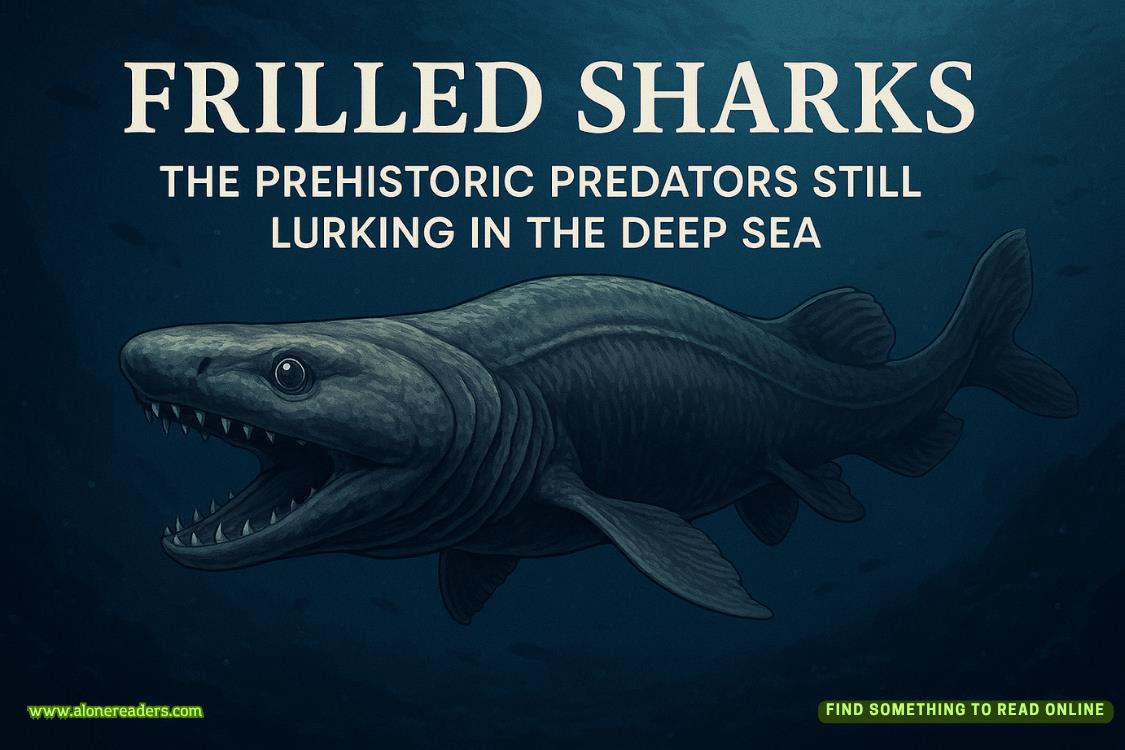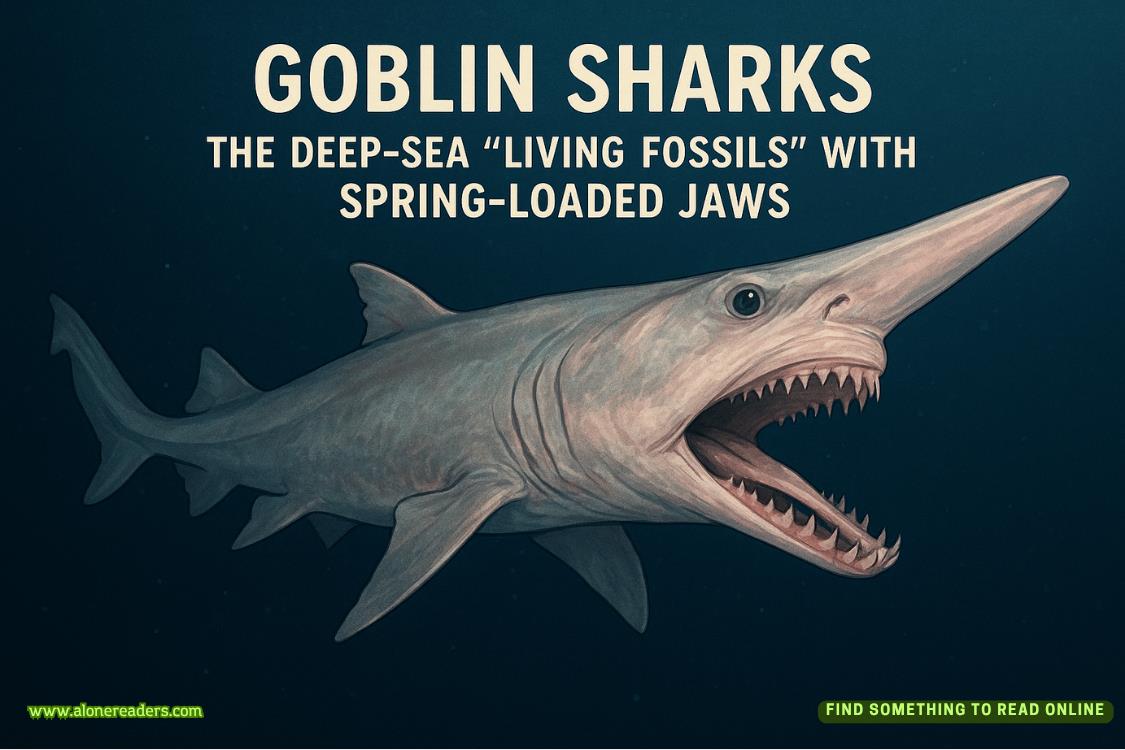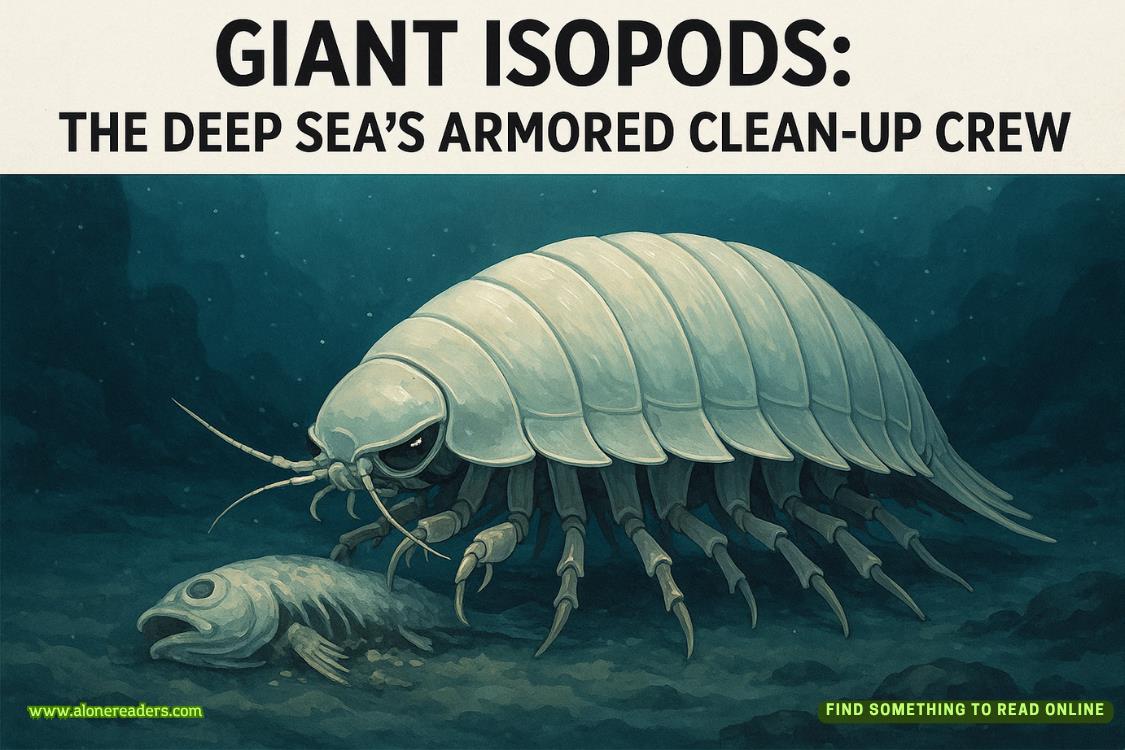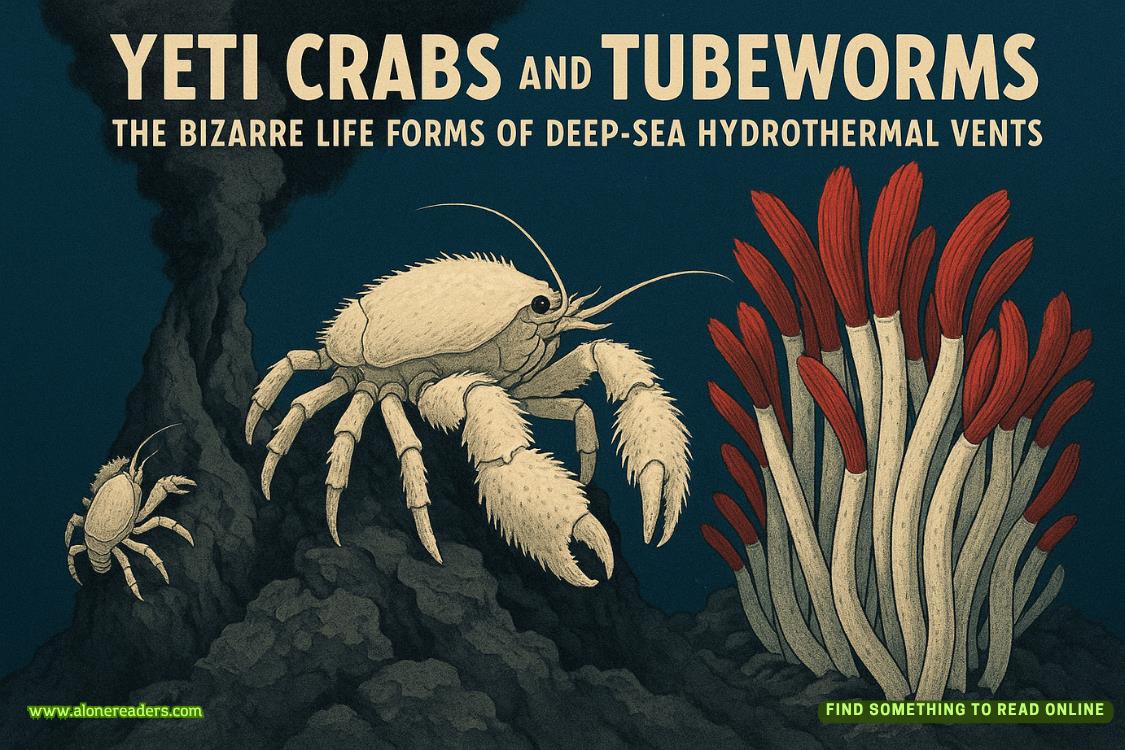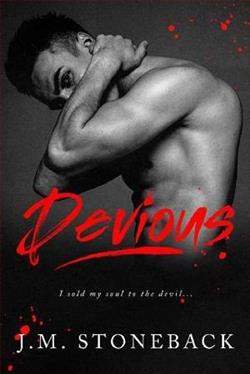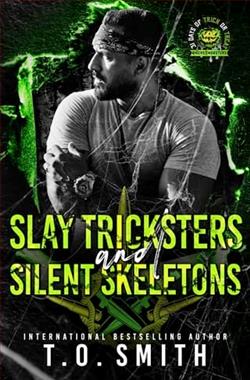Page 7 of The Picasso Heist
CHAPTER6
ANTON NIKOLOV KEEPSme waiting in his den for over a half hour. I really do have to pee now.
Also, I’m not sure if this room qualifies as a den. Doesn’t a den need to have a television? This room doesn’t, although it does have some couches and armchairs. It’s too small to be a living room, especially in a mansion like this, and it can’t be an office or a library because there’s no desk and not a single book in sight. The American dream, it occurs to me, is having more rooms in your house than there are names for.
Blaggy’s down the hall. I can hear his voice; he’s on his cell. He goes back and forth between English and his native tongue, the latter when he’s talking business, it seems. I could be wrong. I took a lot of electives during my four years at Columbia as an art history major, from statistical modeling to abnormal human psychology, but Bulgarian 101 wasn’t one of them.
Finally, I hear a different voice in the hall. Everything aboutit—the tone, the pitch, even the pacing—tells me that it’s the boss. The only thing I can’t tell is what Anton Nikolov is actually saying to his right-hand man, Blaggy.
Maybe it’s that he wants to talk to me alone. Two sets of footsteps get louder and louder, but only one pair of feet comes into the room.
“You’re a girl,” says Nikolov, taking a seat in the armchair opposite me on the couch. “And you’re young.”
I’m immediately thinking of Blaggy’s one piece of advice, that I should shut up until spoken to, and I’m wondering if this qualifies as being spoken to. Nikolov might simply be talking to himself—not that he’s mumbling. It’s that same strong, deep, and deliberate voice I heard out in the hall.
I err on the side of caution and remain silent. It’s the right call. “Good,” he says, nodding. “No smart-ass comeback.”
At some point during the day Nikolov might have been wearing a suit, but the jacket’s off now, as is the tie; the button-down collar of his blue dress shirt is open, exposing a gold chain with a cross and the outer edge of a large chest tattoo that looks to be the Bulgarian equivalent of Japanese irezumi, given the attention to detail.
It all makes sense in a contradictory sort of way. Nikolov is a rich man with a hard past, one he makes no attempt to conceal and yet doesn’t dwell on, if you believe the few interviews he’s given over the years. He likes his privacy but is a regular on the charity-gala circuit. He also likes to challenge those in his orbit, whether it’s the people on his payroll or those who wish to do business with him. So it’s no surprise that he’s testing me. Now comes the difficult part: convincing him that my plan is viable and something he wants a piece of.
Nikolov extends his hand toward me, palm open. I’ve officially been spoken to, and now I have the floor.
You’ll only get one shot at this, Halston.
Don’t blow it.
CHAPTER7
“LAST SUMMER, BEFOREmy senior year of college, I interned at Echelon, which is—”
“The auction house,” says Nikolov. “Yes, I know what Echelon is.”
Of course he does. Anyone with a lot of money does. Although not every art collector with a lot of money gets to belong. Echelon is the ultra-elite, members-only auction house in Manhattan that out-snobs both Christie’s and Sotheby’s. Their manufactured exclusivity is a gimmick, but then again, so is everything in the entire art world. In art, there is no reality other than perception, and if you are accepted as a member of Echelon, you are perceived as having scaled the Mount Everest of art high society.
“At the end of my internship,” I continue, “I was offered a full-time position in their valuations department after I graduated this year. I asked if I could have the summer off before starting so I could travel around Europe, and because traveling around Europe is a very Echelon thing to do, they said yes. My first day on the job is Friday.”
“Three days from now.”
“That’s right.”
“Congratulations.” Nikolov crosses his legs and folds his arms. He’s smiling but it’s more like a Doberman showing his teeth. “Now get to the fucking painting,” he says.
“Sorry, yes. The painting. It’s a Picasso, but not just any Picasso. No one in the world knew this particular one existed until two years ago. Not even its owner, who was the live-in maid for some French guy who died and left her his villa in Nice. The painting had been wrapped in cheesecloth and stored in the attic of this villa for fifty years.”
“Has it been authenticated?” he asks.
This is the first time Anton Nikolov lets on that he’s a little more familiar with art than the average tourist walking around in circles at the Guggenheim. A noncollector would never think to ask that question right off the bat.
“Yes, it’s been authenticated,” I say. “Twice, in fact. Once in Paris and then again last summer by Echelon. It was during my internship. That’s how I learned about the painting.”
“How was this not in the news? Why haven’t I heard about it?”
“Because of a very smart female attorney who’s representing the maid. Now ask me how the maid knew to hire her. I’ll tell you: She didn’t. After the French guy died, the maid went to work for this lawyer, cleaning her house, and no, I don’t know why she didn’t just sell the villa and retire. Maybe she loves her job. Anyway, a month later, the maid finds the painting in the attic of the old guy’s villa, which now belongs to her, and she tells the lawyer about it.”
“Let me guess,” says Nikolov. “The dead Frenchman has kids.”
“Two. A son and a daughter, both in their forties. They were pissed about the villa going to the maid but they were hardly left out of the will. I heard they split the rest of the estate, about two million euroseach. But of course, were they to learn about an original Picasso stuffed away in the attic…”
